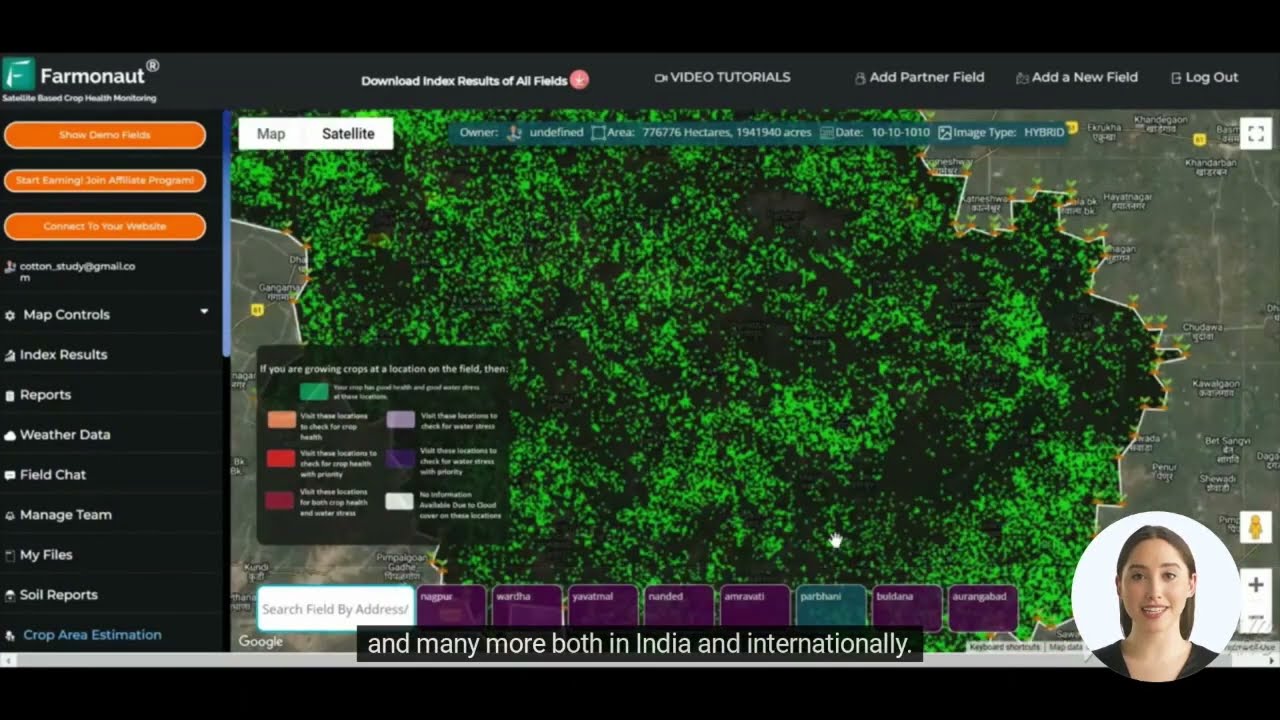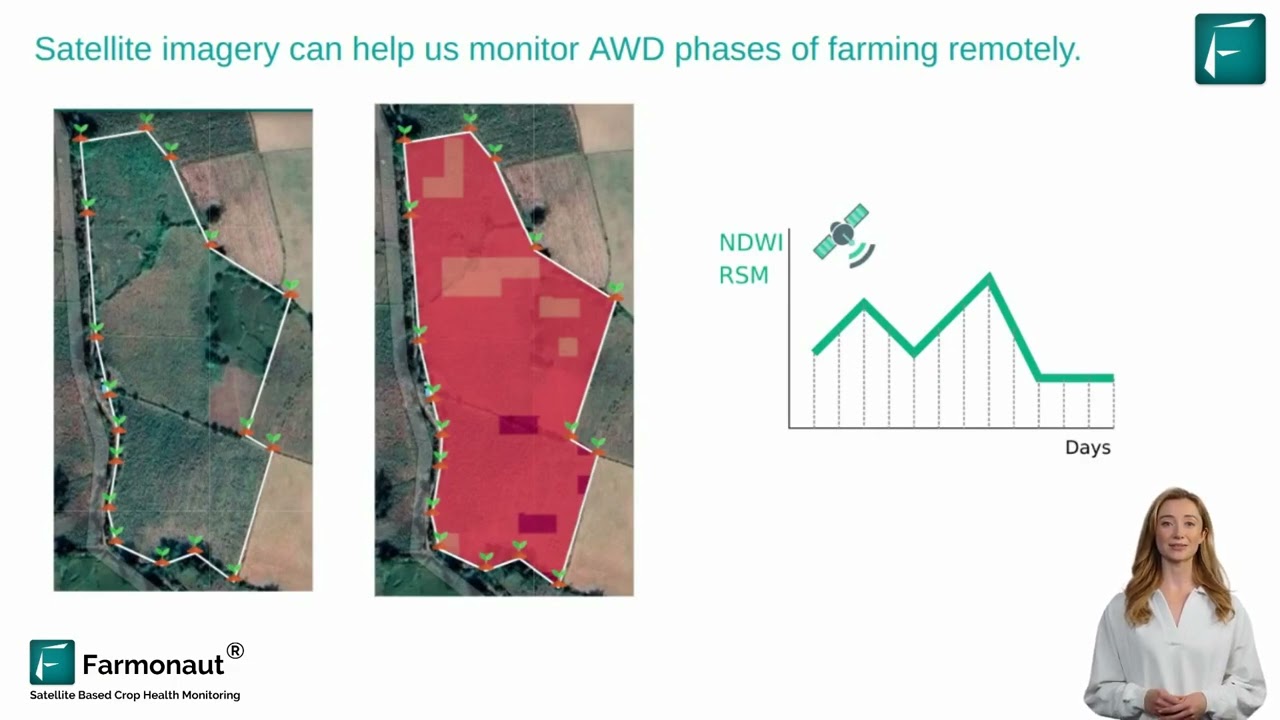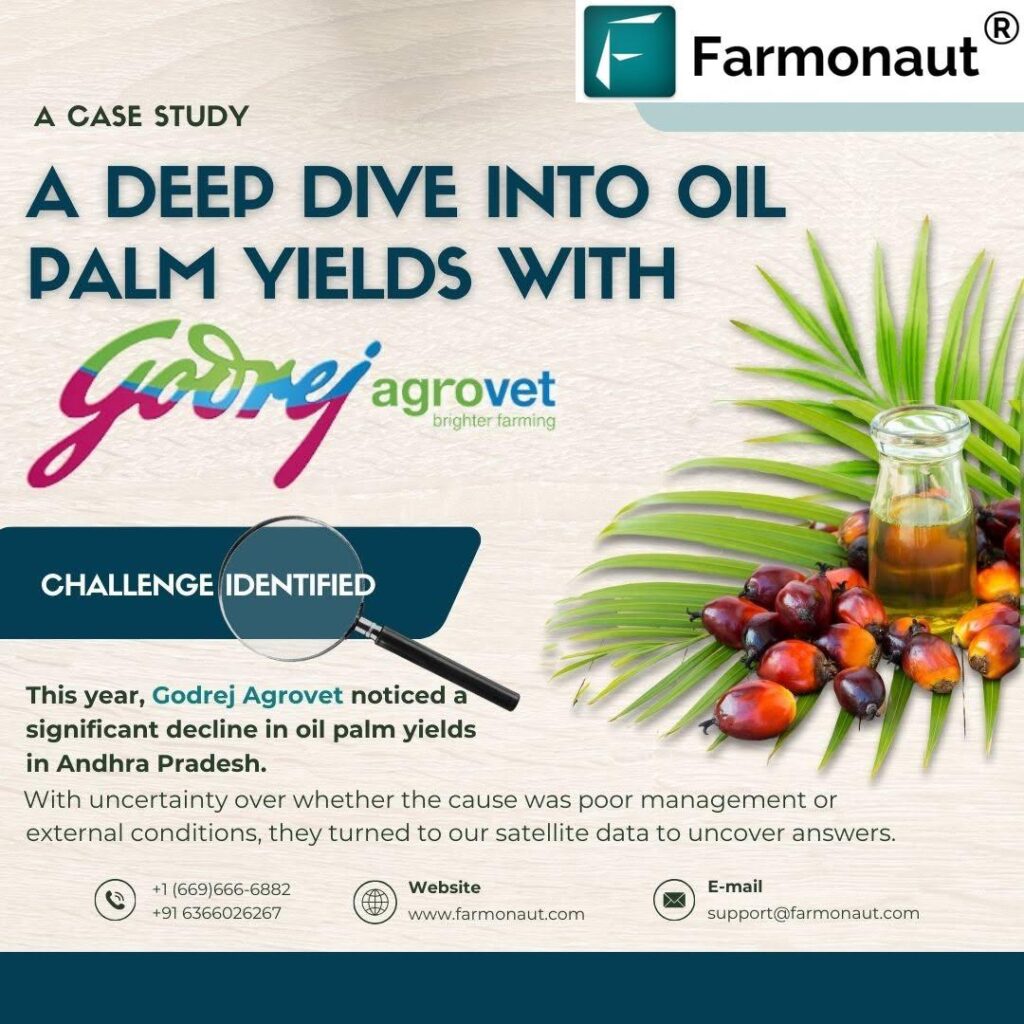Indian Spice Market Update: Kerala Cardamom Auction Prices and Export Trends Revealed

“India’s cardamom auctions in Kerala reveal price trends for over 70% of the world’s small cardamom production.”
Welcome to our comprehensive overview of the Indian spice market, with a special focus on the thriving cardamom auction scene in Kerala. As we delve into the heart of India’s spice industry, we’ll explore current trends in organic spice production, export dynamics, and cultivation practices that are shaping the future of this aromatic trade.
In this blog post, we’ll uncover the factors driving price fluctuations for popular spices like turmeric, chili, and pepper, while providing essential data on small and large cardamom varieties, market-specific pricing, and the latest developments in spice research. Whether you’re a farmer, trader, or industry enthusiast, this comprehensive guide will offer valuable insights into the world of Indian spices.
The Bustling Kerala Cardamom Auction Scene
Kerala, known as the “Spice Garden of India,” plays a pivotal role in the global spice trade, particularly for cardamom. The state’s cardamom auctions are a critical indicator of market trends, setting the tone for prices across India and beyond.
- Auction Centers: Key auction centers in Kerala include Vandanmedu, Kumily, and Thekkady.
- Price Determinants: Factors such as crop quality, seasonal demand, and export market conditions influence auction prices.
- Auction Frequency: Auctions are typically held multiple times a week, ensuring regular price updates for traders and farmers.
At Farmonaut, we understand the importance of real-time market data for spice farmers and traders. Our satellite-based crop monitoring technology can help cardamom growers track their plantation health and optimize production to meet market demands.
Current Cardamom Market Trends
The cardamom market in India has been experiencing significant fluctuations in recent months. Let’s break down the key trends:
- Small Cardamom (Elettaria cardamomum):
- Price Range: ₹700 – ₹1200 per kg (varies based on quality and demand)
- Export Trend: Steady increase in demand from Middle Eastern countries
- Large Cardamom (Amomum subulatum):
- Price Range: ₹500 – ₹800 per kg
- Production Areas: Mainly Sikkim and parts of West Bengal
These price ranges reflect the dynamic nature of the cardamom market, influenced by factors such as weather conditions, crop yield, and international demand.
Organic Spice Production: A Growing Segment
The demand for organic spices has been on the rise, both in domestic and international markets. Kerala, with its traditional farming practices, is well-positioned to capitalize on this trend.
- Organic Cardamom: Commands a premium of 20-30% over conventional cardamom
- Certification Process: Rigorous standards set by APEDA (Agricultural and Processed Food Products Export Development Authority)
- Key Markets: Europe, USA, and Japan show strong preference for organic Indian spices
Farmonaut’s satellite-based monitoring can assist organic spice farmers in maintaining crop health without the use of chemical inputs, ensuring compliance with organic certification requirements.
Export Dynamics of Indian Spices
India’s spice exports have shown remarkable resilience and growth over the years. Here’s an overview of the current export scenario:
- Major Export Destinations: USA, China, Vietnam, UAE, UK, Germany, Saudi Arabia
- Top Exported Spices: Chili, Turmeric, Cumin, Cardamom, Ginger
- Value-Added Products: Increasing focus on spice oils, oleoresins, and powders
The Indian government’s initiatives, such as the Spices Board’s export promotion activities, have played a crucial role in boosting spice exports.
“The Indian spice market encompasses over 50 varieties, with turmeric, chili, and pepper among the most traded commodities.”
APMC Markets: The Pulse of Domestic Spice Trade
Agricultural Produce Market Committee (APMC) markets across India serve as important hubs for spice trading. Key APMC markets for spices include:
- Guntur, Andhra Pradesh: Major center for chili trade
- Kota, Rajasthan: Known for coriander and cumin trading
- Nizamabad, Telangana: Significant market for turmeric
These markets play a crucial role in price discovery and provide a platform for farmers to sell their produce directly to traders and exporters.

Cultivation Practices and Challenges
Spice cultivation in India faces both traditional challenges and new opportunities. Here’s an overview of current practices and issues:
- Climate Adaptation: Farmers are increasingly adopting climate-resilient varieties
- Water Management: Drip irrigation and rainwater harvesting techniques are gaining popularity
- Pest Control: Integrated Pest Management (IPM) practices are being promoted for sustainable production
- Labor Shortages: Mechanization is slowly being introduced in spice farming
Farmonaut’s AI-powered advisory system, Jeevn AI, can provide personalized recommendations to spice farmers, helping them address these challenges effectively.
Quality Enhancement Initiatives
To maintain India’s position as a leading spice exporter, several quality enhancement initiatives have been implemented:
- Good Agricultural Practices (GAP): Promotion of standardized cultivation methods
- Post-Harvest Management: Improved cleaning, grading, and storage facilities
- Food Safety Certifications: Encouragement of HACCP and ISO certifications for processing units
- Research and Development: Focus on developing high-yield, disease-resistant varieties
These initiatives aim to enhance the quality and safety of Indian spices, meeting the stringent standards of international markets.
Processing Techniques and Value Addition
The Indian spice industry is increasingly focusing on value-added products to cater to evolving consumer preferences:
- Spice Oils and Oleoresins: High-value extracts used in food and cosmetic industries
- Encapsulated Spices: Convenient, long-lasting flavoring agents
- Organic and Sterilized Spices: Meeting the demand for chemical-free, hygienic products
- Ready-to-Use Spice Blends: Catering to the convenience food segment
These processing techniques not only add value but also extend the shelf life of spices, opening up new market opportunities.
Explore Farmonaut’s API for advanced agricultural data: Farmonaut API
Market-Specific Pricing and Regional Variations
Spice prices in India vary significantly across different regions and markets. Here’s a snapshot of some key spices and their regional pricing trends:
- Turmeric:
- Erode (Tamil Nadu): ₹7,000 – ₹7,500 per quintal
- Nizamabad (Telangana): ₹6,800 – ₹7,200 per quintal
- Chili:
- Guntur (Andhra Pradesh): ₹12,000 – ₹15,000 per quintal (depending on variety)
- Byadgi (Karnataka): ₹18,000 – ₹20,000 per quintal (for Byadgi variety)
- Black Pepper:
- Kochi (Kerala): ₹350 – ₹400 per kg
- Kozhikode (Kerala): ₹340 – ₹390 per kg
These prices are subject to daily fluctuations based on supply and demand dynamics.
Latest Developments in Spice Research
Ongoing research in the spice sector is focused on improving yield, disease resistance, and nutritional content. Some notable developments include:
- Genomic Studies: Mapping of cardamom and black pepper genomes for trait improvement
- Climate-Resilient Varieties: Development of drought and flood-tolerant spice cultivars
- Biofortification: Enhancing the nutritional profile of spices through breeding techniques
- Sustainable Pest Management: Research on biological control agents for major spice pests
These research initiatives are crucial for the long-term sustainability and competitiveness of the Indian spice industry.
For developers interested in integrating agricultural data: Farmonaut API Developer Docs
The Role of Technology in Spice Cultivation
Technology is playing an increasingly important role in modernizing spice cultivation and trade in India:
- Precision Agriculture: Use of drones and satellite imagery for crop monitoring
- IoT Sensors: Real-time monitoring of soil moisture and climatic conditions
- Blockchain: Ensuring traceability and authenticity of spices in the supply chain
- E-commerce Platforms: Direct marketing of spices to consumers, bypassing traditional intermediaries
Farmonaut’s satellite-based crop monitoring technology is at the forefront of this technological revolution in agriculture, providing spice farmers with valuable insights for improved crop management.
Comparison of Cardamom Auction Prices and Export Trends
| Cardamom Type | Average Auction Price (₹/kg) – Last 3 months | Year-on-Year Price Change (%) | Export Volume (Metric Tons) – Last quarter | Top Export Destinations | Quality Grade |
|---|---|---|---|---|---|
| Small Cardamom (Idukki) | 950 | +5% | 1200 | Saudi Arabia, UAE | A |
| Small Cardamom (Wayanad) | 900 | +3% | 800 | Kuwait, Oman | B |
| Large Cardamom (Sikkim) | 650 | -2% | 300 | Pakistan, Bangladesh | A |
| Organic Cardamom | 1200 | +10% | 500 | USA, Germany | A |
Future Outlook for the Indian Spice Market
As we look to the future, several trends are likely to shape the Indian spice market:
- Increasing Global Demand: Growing popularity of ethnic cuisines worldwide
- Focus on Sustainability: Shift towards organic and eco-friendly cultivation practices
- Value-Added Products: Greater emphasis on processed and convenience spice products
- Digital Transformation: Adoption of e-commerce and digital technologies in spice trade
- Health and Wellness: Growing recognition of the medicinal properties of spices
These trends present both opportunities and challenges for the Indian spice industry, requiring adaptation and innovation from all stakeholders.
Conclusion
The Indian spice market, with its rich history and dynamic present, continues to play a crucial role in the global spice trade. From the bustling cardamom auctions of Kerala to the cutting-edge research labs developing new spice varieties, the industry is a blend of tradition and innovation.
As we’ve explored in this comprehensive overview, factors such as changing climate patterns, evolving consumer preferences, and technological advancements are shaping the future of spice cultivation and trade in India. The ability to adapt to these changes while maintaining the quality and authenticity that Indian spices are known for will be key to the industry’s continued success.
At Farmonaut, we’re committed to supporting spice farmers and traders with our advanced satellite-based crop monitoring and AI-powered advisory services. By leveraging technology, we aim to contribute to the sustainable growth and development of India’s spice sector.
Whether you’re a farmer looking to optimize your spice cultivation, a trader seeking market insights, or simply an enthusiast interested in the world of spices, we hope this blog post has provided valuable information and insights into the fascinating world of Indian spices.
FAQ Section
- What factors influence cardamom prices in Kerala auctions?
Cardamom prices are influenced by factors such as crop quality, seasonal demand, export market conditions, and overall production volume. - How does organic spice production differ from conventional methods?
Organic spice production avoids the use of synthetic fertilizers and pesticides, focusing instead on natural pest control and soil enrichment methods. - What are the main challenges facing Indian spice farmers today?
Key challenges include climate change impacts, water scarcity, pest management, and market price fluctuations. - How is technology being used in spice cultivation and trade?
Technologies like satellite imaging, IoT sensors, blockchain for traceability, and e-commerce platforms are increasingly being adopted in the spice sector. - What are the top spice export destinations for Indian spices?
Major export destinations include the USA, China, Vietnam, UAE, UK, Germany, and Saudi Arabia.




















